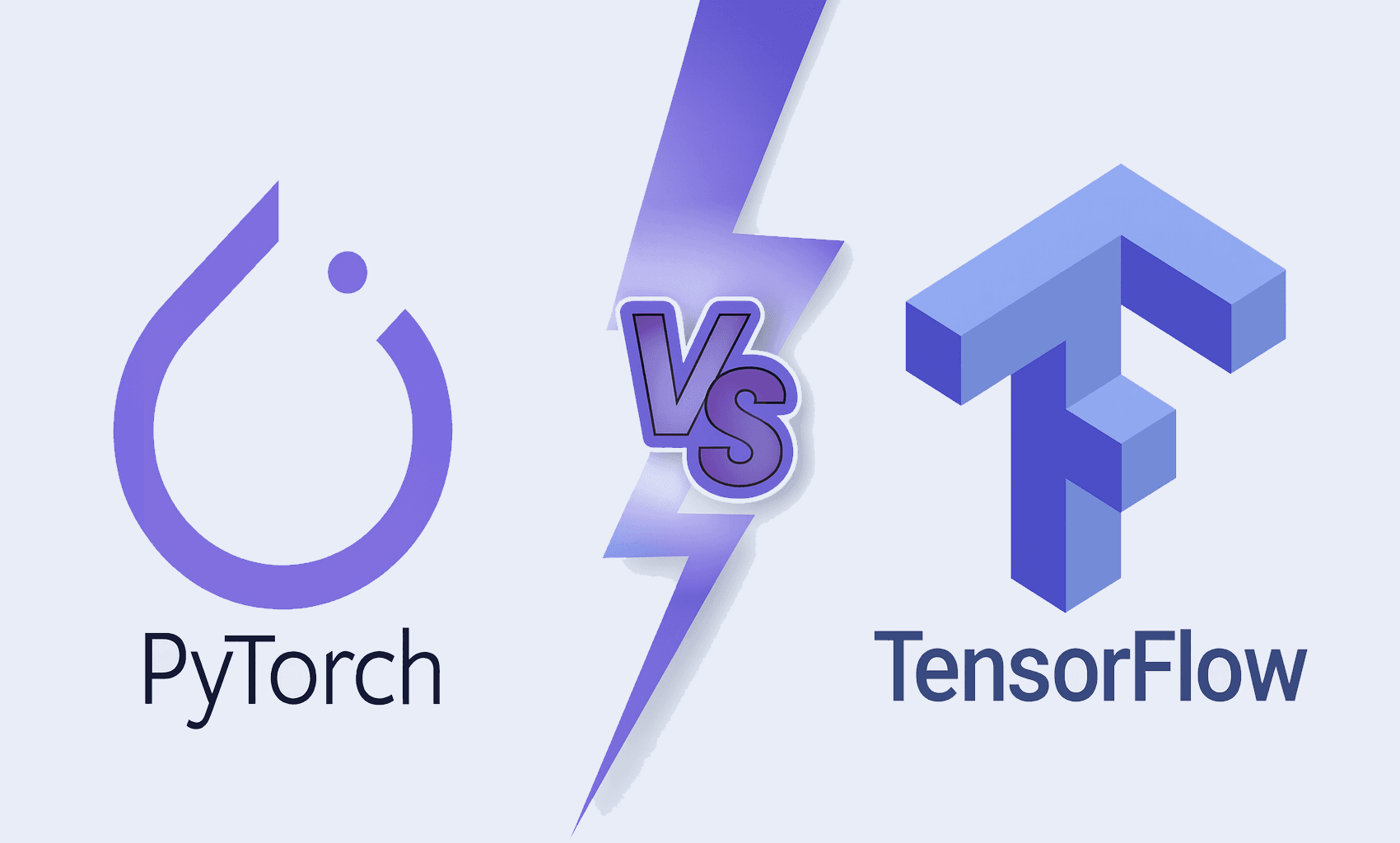PyTorch vs TensorFlow in 2025: It's Not What You Think
The framework wars are over, but not in the way most people expected. A practical take from someone who uses both daily.

The Myth of One Framework to Rule Them All
Five years ago, the PyTorch vs TensorFlow debate was fierce. People had strong opinions. Teams chose sides. Blog posts proclaimed winners. Today? Most serious ML engineers use both, and the reasons why reveal something interesting about modern ML development.
PyTorch Won Research, TensorFlow Won Production
PyTorch dominates research and prototyping because it's Pythonic, debuggable, and intuitive. When I'm experimenting with new architectures or trying to understand a paper, PyTorch's imperative style lets me think in code. Dynamic computation graphs make debugging feel like regular Python.
But deploying PyTorch to production—especially at scale—reveals its weaknesses. TensorFlow's static graphs, while painful for research, are excellent for optimization. TensorFlow Serving, TFLite for mobile, and TensorFlow.js for browsers are battle-tested production tools.
The ONNX Bridge
Here's what changed the game: ONNX matured. Now I routinely train in PyTorch, export to ONNX, and deploy with TensorFlow Runtime or other optimized inference engines. The best of both worlds isn't theoretical—it's my daily workflow.
What Actually Matters in 2025
Ecosystem matters more than framework. PyTorch has HuggingFace. TensorFlow has the entire Google ecosystem. Your choice depends on which libraries and pretrained models you need.
Team expertise trumps everything. If your team knows TensorFlow, use TensorFlow. Framework switching for marginal benefits is rarely worth the learning curve and migration costs.
Deployment targets matter. Building for mobile or web? TensorFlow has better tooling. Deploying to GPUs in the cloud? PyTorch is perfectly fine. Edge devices? Check hardware support first.
The Real Winner: JAX
Plot twist: the most exciting ML framework isn't in this debate. JAX combines PyTorch's Pythonic feel with TensorFlow's XLA compilation. It's gaining serious traction in research, especially for transformers and large-scale training.
I'm not saying JAX will replace PyTorch or TensorFlow, but it's worth watching. The future of ML frameworks might not be about choosing between the current options, but about new paradigms we haven't fully explored yet.
My Practical Recommendation
Learn both. Seriously. They're more similar than different, and understanding both makes you a better ML engineer. Use PyTorch for research and experimentation. Use TensorFlow when production deployment is critical. Use ONNX to bridge between them.
The framework wars ended not because one won, but because both became good enough that the choice stopped mattering. Focus on building great models, not defending framework choices.